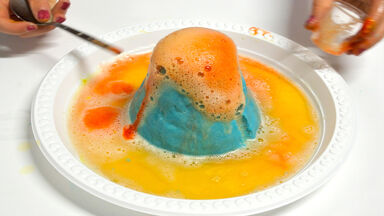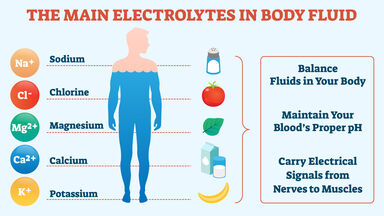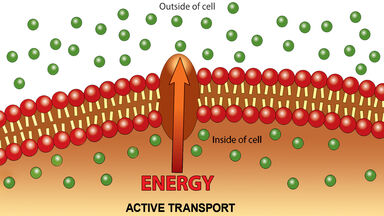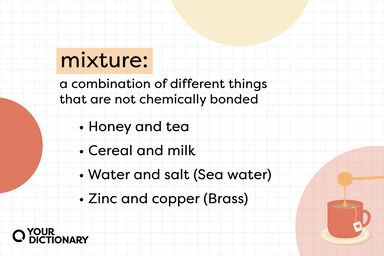Phosphorus is obtained as a soluble phosphate (which can be examined in the usual way) by lixiviating the product obtained when the substance is ignited with potassium nitrate and carbonate.
In a purer condition it may be obtained by the action of sulphuric acid on a mixture of potassium nitrate and ferrous sulphate, or of hydrochloric acid on a mixture of potassium nitrate and ferric chloride.
Let us consider the arrangement - silver I silver chloride with potassium chloride solution I potassium nitrate solution I silver nitrate solution I silver.
This is generally effected by adding the calculated amount of potassium chloride (of which immense quantities are obtained as a by-product in the Stassfurt salt industry) dissolved in hot water to a saturated boiling solution of sodium nitrate; the common salt, which separates on boiling down the solution, is removed from the hot solution, and on cooling the potassium nitrate crystallizes out and is separated and dried.
Ammonium nitrate, NH 4 NO 3, is prepared by neutralizing nitric acid with ammonia, or ammonium carbonate, or by double decomposition between potassium nitrate and ammonium sulphate.





